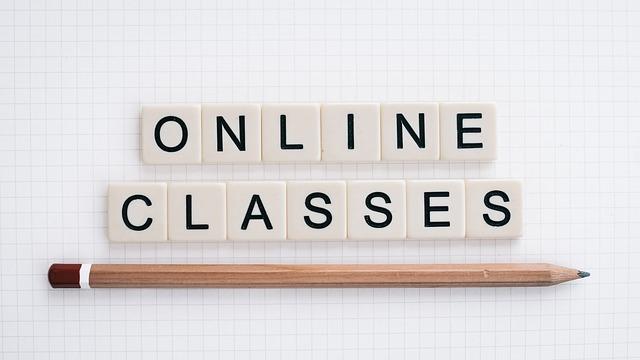As the sun peeks over the horizon, your alarm clock breaks the silence, heralding the start of a new day. But instead of hustling to dress and braving the morning rush, you saunter to your desk, drowsy yet comfortable in your pajamas. Opening your laptop, your classroom manifests before your eyes, unraveling the mysteries of quantum physics or the delicacies of Renaissance art without even stepping a foot outside your door. Welcome to the futuristic realm of virtual classrooms – a digital revolution seamlessly integrating technology with education. Spanning diverse subjects, time zones, and cultures, they are challenging the traditional boundaries, conventions and opening a new frontier for learning. The classroom has morphed into pixels and code — inviting, engaging, and available 24/7. Let’s embark on a fascinating journey, exploring this digital education phenomena, and delving into the future of online learning. The dawn of digitalization has sculpted a trail for virtual classrooms, introducing a dynamic shift in the paradigm of traditional learning norms. Within these cyber walls, the pedagogy of teaching has been revolutionized, making education accessible beyond physical boundaries. This digital metamorphosis transcends geographical distances, offering countless learners the opportunity to explore, absorb and engage with an ocean of information at their fingertips. Classrooms are no longer confined within four walls; they have evolved and expanded, rooted deeply in the World Wide Web, inviting students and educators alike to participate in a vibrant learning ecosystem that vibrates with potential and promise.
To maximize the potential of virtual learning, various tools and techniques have been devised that reinforce the learning process, making it interactive, engaging, and student-centric. Catering to diverse learning needs, these tools and resources often include the likes of interactive whiteboards, virtual lab simulations, mind-mapping tools, online assessment modules, collaborative digital platforms, podcasts, and webinars. These digital aids are not merely instruments of instruction but catalysts that instigate curiosity, encourage intellectual exploration, and foster independent thinking.
| Tool | Application | Benefits |
|---|---|---|
| Interactive Whiteboards | Office presentations, School lessons | Engages students, makes lessons interactive |
| Virtual lab simulations | Scientific experiments, Research | Safe and cost-effective way to learn |
| Mind-mapping tools | Brainstorming, Planning, Organizing ideas | Aids in visual learning, Enhances creativity |
The digital transformation has concurrently created a ripple effect, compelling policymakers to reexamine and adapt educational policies to better suit the evolving landscape. As we prepare to ride the next wave of online learning, it is vital to foster a solid framework that ensures quality, relevance, and equity in education. This includes redefining classroom experiences, introducing policy reforms to support educational technology, building institutional capacities for online teaching, and designing comprehensive assessment strategies that accurately gauge learning outcomes in the digital domain. In the vibrating web of technology, the story of education is being rewritten. Virtual classrooms are not the flickering images of a far-fetched future anymore but rather, the glowing beacon of a new era of learning. As we traverse this digital landscape, stepping into realms beyond brick and mortar classrooms, we embark on a journey of untapped potential, unlimited access, and unending possibilities. The future of online learning is here to carve out a brave new world of education, an illuminated world that evolves, integrates and innovates. It is a world where every corner becomes a classroom, and every individual, a knowledge seeker. So let’s embrace this adventure and chart the course towards an energized, empowered, and enriched future of learning.















